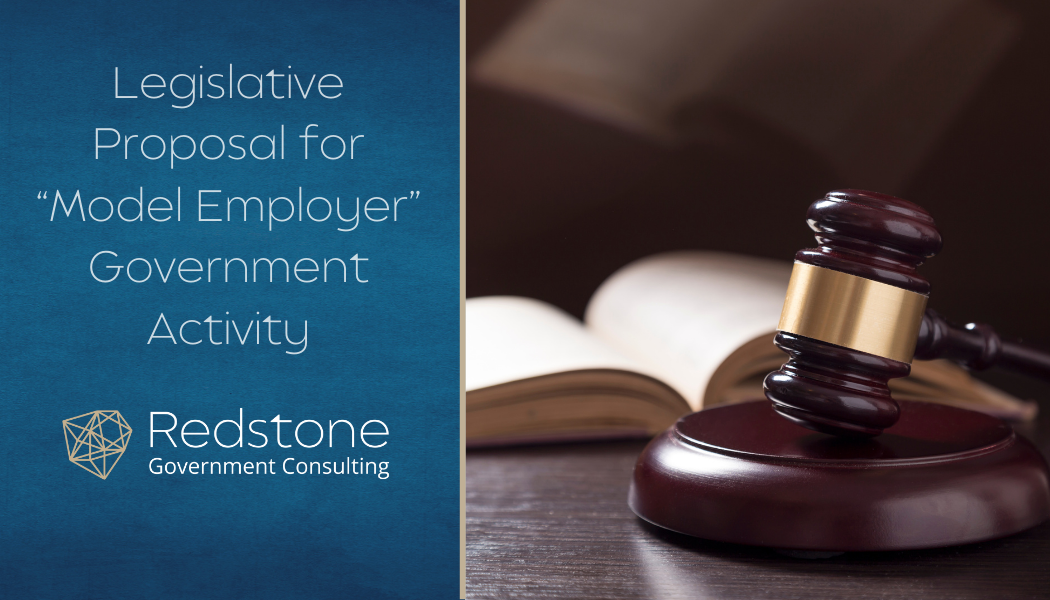DCAA Takes the Lead Over Office of Federal Procurement Policy (OFPP)
In 2013, Congress put in place a new process for the calculation and publication of the compensation limitation (Cap) for all federal contractor employees. The process places the responsibility to calculate and publish the cap using the Bureau of Labor Statistics (BLS) Employment Cost Index (ECI) data on the Office of Federal Procurement Policy (OFPP). OFPP has failed in this responsibility for the last few years.
Read More
Topics:
Employee & Contractor Compensation,
Incurred Cost Proposal Submission (ICP/ICE),
DCAA Audit Support,
Government Regulations,
Federal Acquisition Regulation (FAR)
A recent DoD-IG (Department of Defense-Inspector General Report (DODIG-2019-070) has unfortunately reinforced DCAA’s audit interpretations of the reasonableness of contractor compensation (reference to FAR 31.205-6(b)). The IG (apparently with help from DCAA) reviewed ACO (Contracting Officer) actions to resolve/disposition DCAA (Defense Contract Audit Agency) advisory audit reports which included assertions that contractors had claimed unreasonable compensation (primarily for contractor executives).
Read More
Topics:
Employee & Contractor Compensation,
DOD IG
In late 2013, the BBA (Bipartisan Budget Act) significantly changed the FAR 31.205-6(p) regulatory cap for allowable contractor employee compensation. In a highly politicized action, the Obama Administration convinced Congress to reduce allowable compensation to $487,000 for any contractor employee effective for contracts on or after June 24, 2014. Additionally, Section 702 of the BBA prescribed the method for annual increases to the statutory cap (based upon the change in the Employment Cost Index for all workers as calculated by the BLS (Bureau of Labor Statistics).
Read More
Topics:
Employee & Contractor Compensation,
Contracts & Subcontracts Administration
We have received a number of inquiries from clients related to cost allowability for Employee Stock Ownership Plans (ESOPs). In this Part II, we focus on the cost allowability rules and regulations for government contractors (Part I provided a more general description of ESOPs).
Read More
Topics:
Compliant Accounting Infrastructure,
Employee & Contractor Compensation,
Contracts & Subcontracts Administration,
DCAA Audit Support,
Government Regulations,
Federal Acquisition Regulation (FAR)
On June 30, 2015, the U.S. Department of Labor (DOL) increased the McNamara-O’Hara Service Contract Act (SCA) Health & Welfare benefits from $4.02 to $4.27. A notice is not sent directly to contractors and unfortunately for them the importance of this change lies with timing. For those contractors that are currently working diligently on preparing cost proposals, this increase will directly affect you. According to the DOL memorandum that put this change into effect, “all invitation for bids opened, or other service contracts awarded on or after June 30, 2015, must include an updated SCA WD issued in accordance with the regulatory health and welfare (H&W) fringe benefit determination methodology.” So if you have recently submitted a proposal subject to the SCA, we suggest that you ensure that your H&W meets the SCA H&W requirement of $4.27.
Read More
Topics:
Employee & Contractor Compensation,
Contracts & Subcontracts Administration
In an Executive Orders (EO) issued on Labor Day, President Obama continued to display his willingness to manage the personnel policies of government contractors. This latest EO, one of many directed solely at Government contractors, will require contractors to provide up to seven days paid sick leave (annually) for employees. The EO comes with the typical unsupported rhetoric that “we’ve seen that many companies, including small businesses, support these policies because they understand it’s helpful with recruitment and retention” and a separate assertion “that paid sick leave will improve contractor performance”. Perhaps unintended, but it is noteworthy that the White House did not state that many companies support the notion that paid sick leave will “improve contractor performance”; by implication, the White House could not find any companies which were sufficiently naive to buy-in to that highly speculative and wholly unsupported assertion.
Read More
Topics:
Employee & Contractor Compensation,
Government Compliance Training,
Commercial Item Determination
A Prospective View of Model Employer (Government Contractor)
On April 15, 2015, members of the self-proclaimed Congressional Progressive Caucus called for an Executive Order (EO) which would define a model employer and provide model employers with preferences in terms of government contract awards. The Progressive Caucus envisions an EO which would define a model employer to include a minimum wage of $15/hour, other benefits including paid time off, full-time hours and predictable schedules. As noted by this Caucus, the 2014 EO which raised the minimum wage to $10.10/hour for employees of government contractors was simply not enough to eliminate stagnant wages which tether jobs to poverty and government assistance.
Read More
Topics:
Compliant Accounting Infrastructure,
Employee & Contractor Compensation,
Contracts & Subcontracts Administration,
DFARS Business Systems,
Human Resources

On March 25, 2014, President Obama issued executive orders raising the minimum wage to $10.10/hour for contractor employees on government contracts. The logic, the hardworking cooks serving hamburgers to our troops should not be living in poverty (most likely a reference to the fast food chains which are located on military installations). Simultaneously, he also directed the Department of Labor to change the federal rules to make more “salary exempt” employees eligible for overtime pay. The current threshold of $455/week will likely be increased to a significantly higher amount noting that the last change (April 2004) increased the amount from $155/week to $455/week. The higher amount could be as much as $950/week in which case someone earning $949/week would be eligible for overtime pay (including overtime premium) for hours exceeding 40 hours per week. In one press release, the Department of Labor used one example of the severe inequity of the existing threshold $455/week), noting that two “hardworking” gas station managers in New Jersey were effectively making less than minimum wage.
Read More
Topics:
Employee & Contractor Compensation,
Contracts & Subcontracts Administration,
Human Resources
OK for Government Employees, but not Contractor Employees
As a by-product of government shutdowns, we’ve now seen two occasions where government employees were paid for non-productive time while in furlough status (in fact, the furloughed employees were explicitly prohibited from working notwithstanding the fact that in both 1995 and now in 2013, employees were “made whole” once the government was funded. Although it was through no fault of the government employees who have been compensated for non-productive time, the fact remains that the taxpayer is footing the bill for idle, non-productive time on the part of thousands of government employees.
Read More
Topics:
Government Shutdown,
Employee & Contractor Compensation,
Government Compliance Training




.jpg)
.jpg)




